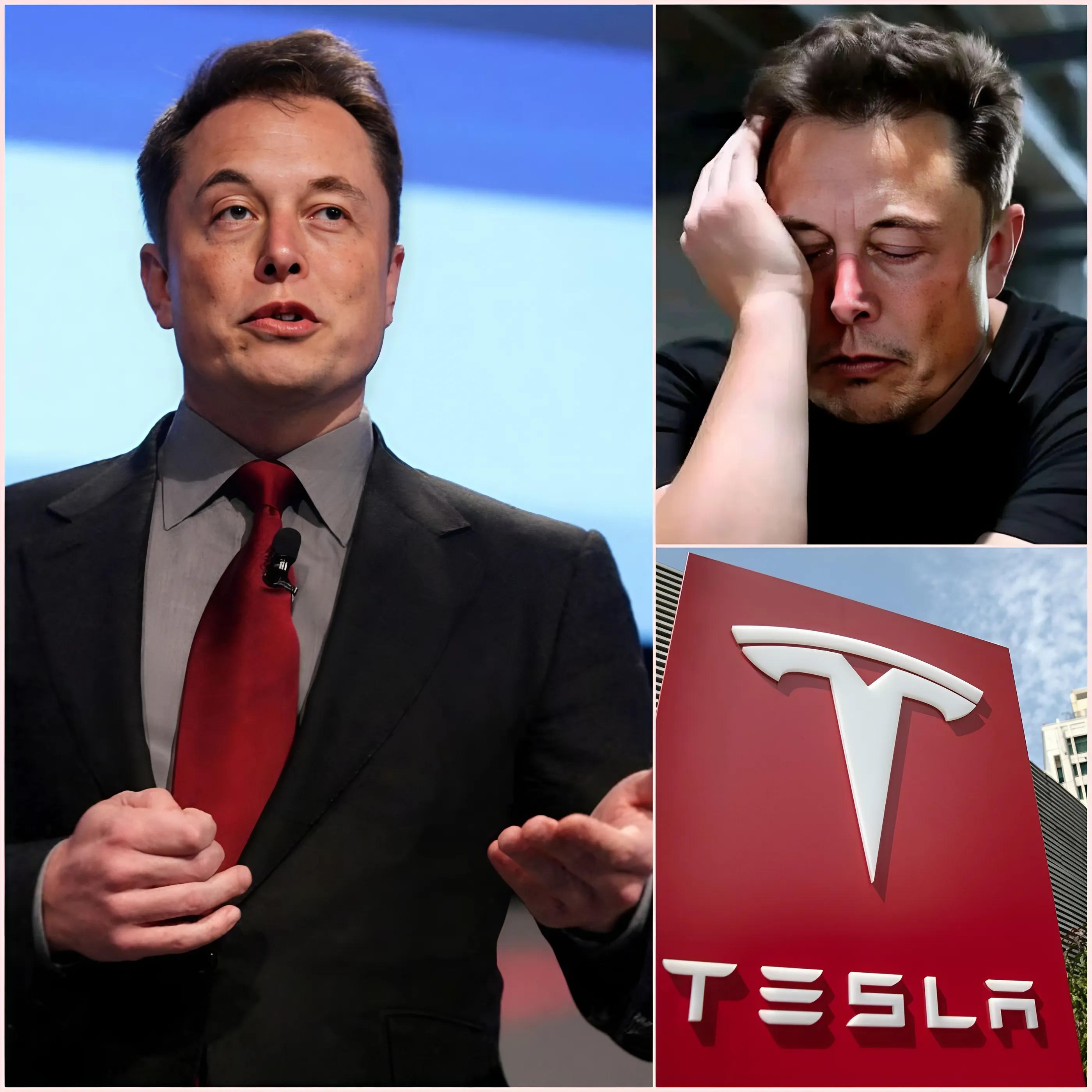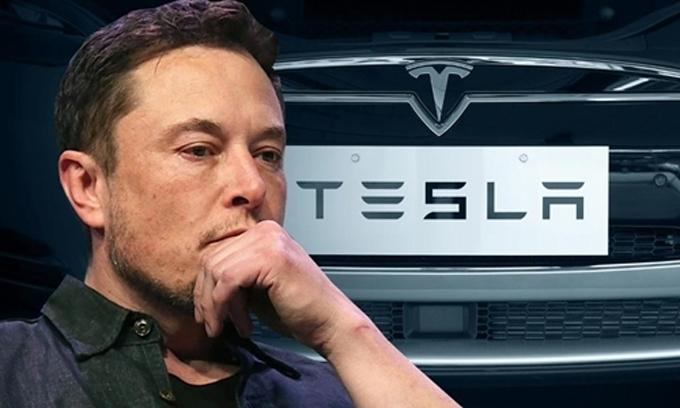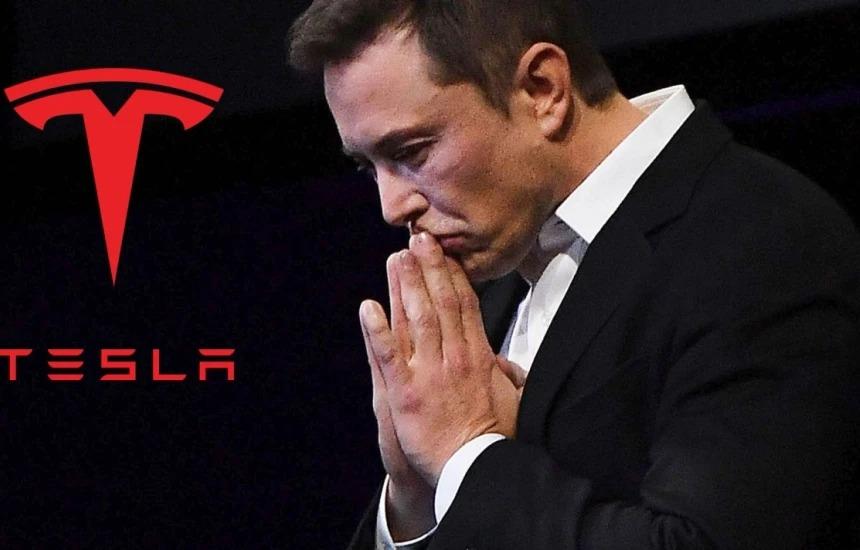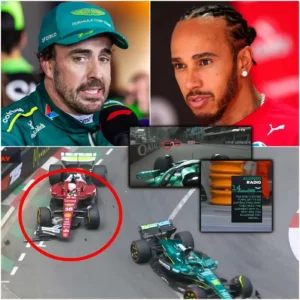
In a whirlwind of speculation and financial turmoil, Elon Musk, the enigmatic CEO of Tesla, has finally broken his silence regarding his future with the electric vehicle giant. The past few weeks have been nothing short of chaotic for Tesla, with its stock plummeting, sales declining, and Musk’s political engagements drawing intense scrutiny. Investors, once buoyed by Musk’s visionary promises, now find themselves grappling with uncertainty, searching for an exit strategy as Tesla navigates what many are calling a crisis of leadership and brand identity.
The spark that ignited this firestorm was a Wall Street Journal report on May 1, 2025, claiming that Tesla’s board was actively seeking a new CEO to replace Musk. The news sent shockwaves through the market, with Tesla’s stock dropping 3% intraday as traders reacted to the perceived instability. Musk swiftly denounced the report as “an EXTREMELY BAD BREACH OF ETHICS,” accusing the publication of spreading deliberate falsehoods. Tesla’s board chair, Robyn Denholm, echoed Musk’s sentiments, stating on X that the report was “absolutely false” and reaffirming the board’s confidence in Musk’s leadership. Despite these denials, the damage was done, and the rumor mill continued to churn, fueled by Tesla’s grim financial performance.

Tesla’s first-quarter earnings report, released on April 22, 2025, painted a dire picture. The company reported a 9% drop in sales, with deliveries falling to 337,000 vehicles—the lowest since 2022. Net income collapsed by a staggering 71%, dropping from $1.4 billion to $409 million compared to the same period last year. Automotive revenue declined by 20%, missing Wall Street’s expectations of $21.11 billion. The stock, already down 37.9% year-to-date, faced further pressure as investors questioned Tesla’s ability to regain its footing in an increasingly competitive electric vehicle market. Adding to the woes, Musk’s high-profile role in the Trump administration’s Department of Government Efficiency (DOGE) has been blamed for diverting his attention from Tesla’s core business.
Musk’s political activities have not only distracted him but also alienated a significant portion of Tesla’s customer base. Surveys indicate that 60% of consumers now hold an unfavorable opinion of Musk, particularly in key markets like California and Europe, where Tesla once enjoyed a cult-like following. Protests and vandalism at Tesla showrooms have become commonplace, with groups like “Everyone Hates Elon” organizing events to express discontent. The brand’s image, once synonymous with innovation, is now tainted by Musk’s controversial right-wing affiliations and public spats, including his support for Germany’s far-right AfD party. This backlash has translated into real-world consequences, with Tesla’s European market share slipping and global sales tanking.

In response to mounting pressure, Musk announced during Tesla’s earnings call on April 22 that he would scale back his involvement with DOGE to one or two days a week starting in May, redirecting his focus to Tesla. “Starting next month, my time allocation to DOGE will drop significantly,” he stated, attempting to reassure investors. The market responded positively, with Tesla shares spiking 5.5% in after-hours trading. However, analysts remain skeptical, warning that the brand damage caused by Musk’s political forays may take years to repair. “Some of the brand damage will slowly go away, but importantly, Tesla got back its biggest asset—Musk,” noted analysts at TheStreet, emphasizing the pivotal role Musk plays in Tesla’s narrative of disruptive technology.
Despite the challenges, Musk remains defiant, touting Tesla’s future in autonomous driving and humanoid robots. He highlighted the upcoming launch of the Cybercab robotaxi, slated for volume production in 2026, and a more affordable Model Y variant expected in mid-2025. “The future of the company is fundamentally based on large-scale autonomous cars and vast numbers of autonomous humanoid robots,” Musk declared, brushing off concerns about declining earnings. Yet, investors like Ross Gerber, who holds over 250,000 Tesla shares, expressed disillusionment, calling Musk’s promises “standard gibberish” and questioning his commitment to the company.
As Tesla teeters on the edge, the question remains: can Musk steer the company out of this crisis, or will investors continue to seek the exits? The road ahead is fraught with challenges, from tariffs threatening Tesla’s supply chain to growing competition from Chinese EV makers. For now, Musk’s reaffirmation of his role at Tesla has provided a temporary reprieve, but the confidence of investors hangs by a thread, and the company’s future hinges on whether Musk can deliver on his ambitious vision while repairing a battered brand.






